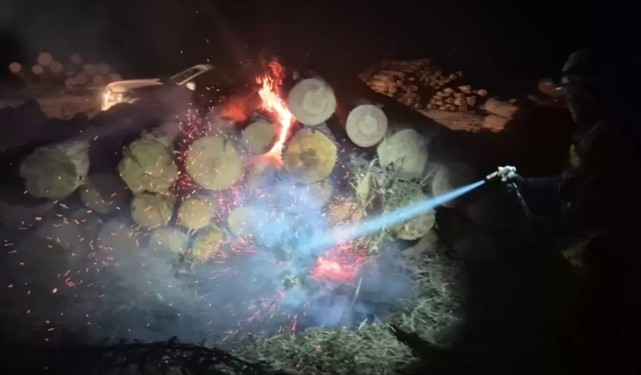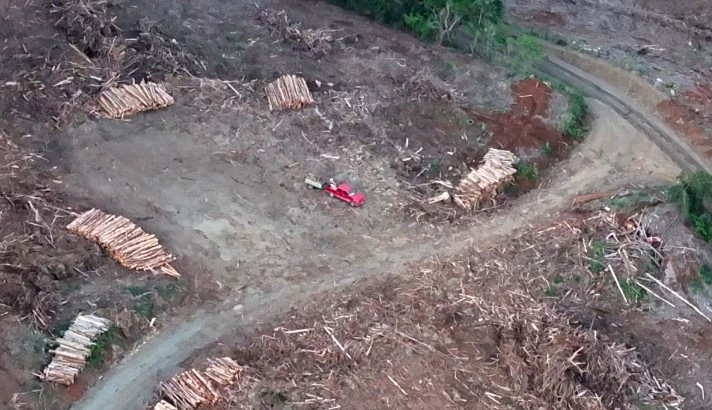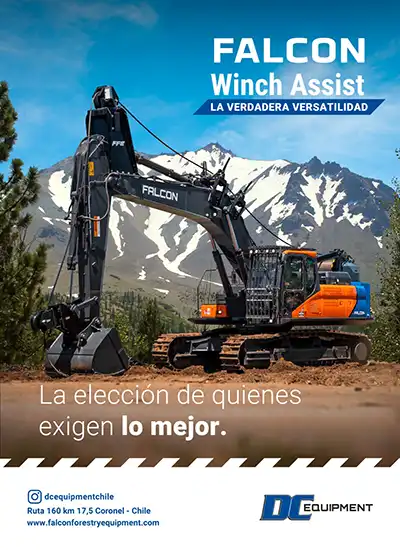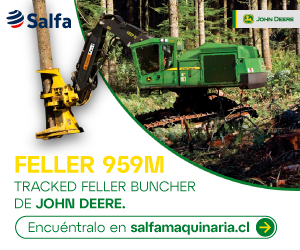Southernmost Miyawaki Forest in the World Planted by the Puerto Natales Community
It was a parent who initially had the idea to plant native species in the city as a way for children to connect more with nature, having observed that they spent too much time indoors and were unfamiliar with the endemic plants of Magallanes. This was the starting point for the first trees to be planted last Friday using a Japanese method designed by Akira Miyawaki, a technique aimed at reforesting spaces with greater density and growth. The event involved dozens of children and the organizations that made the project possible.
The story began last year when Noemí González Vargas, a parent at Liceo Fagnano in Natales, considered ways to reduce children's stress at school. Since creating green areas within the school wasn't feasible, they looked for nearby public land to revegetate so children could enjoy native plants. The location of the plot allowed students from Escuela Santiago Bueras and Liceo Gabriela Mistral to join the project, expanding its initial scope. During the planting, participation grew even further with neighbors of all ages getting involved.
One of the first organizations contacted was Compost Coirón, which began managing organic waste in 2019. The idea was to create a space in the city where children could grow and connect with nature using the Miyawaki method, which they had been researching as an option. Funding came from Enap's social initiative grants—they applied, won the bid, secured permits from the municipality, and then began workshops to teach the method to the children.
It's Only the Beginning
"They participated in two workshop-style activities where they learned how the Miyawaki method works and then how to roughly design a forest. The third activity was this one—the planting," explains Karen Barrera, a representative of Compost Coirón. "This doesn’t end today; it’s just the beginning. We need to monitor and maintain this space for two or three years, which is why we requested the area for three years."
Karen explains that this technique was developed by Japanese botanist Akira Miyawaki, who lived through World War II and, upon seeing his country and nature destroyed, began developing a method to accelerate reforestation. The process involves several steps: analyzing soil structure, selecting trees, designing the forest, preparing the planting area, planting, and subsequent care.
Mayor Ana Mayorga attended the event, having authorized the use of the space. "These initiatives are worth replicating. We hope the community learns to care for green areas, maintain the spaces, and here we’ll see the results of this intervention, which we hope will be beautiful. As part of green area maintenance, we’ll continue caring for this space that the community and children have lovingly planted today."
Hands Full of Soil
Gloria Lasa, president of Neighborhood Council No. 7, says the idea emerged from the community, and early results are already visible in the children's reactions—many of whom planted their first tree ever. "They learned to recognize trees they didn’t know, and CONAF contributed over 500 trees, so it was a great addition. For them, it was exciting—we saw them helping with shovels, moving soil. It was like playing something new. Later, when we marked where to plant, they were fascinated. Now they’re happily learning names and how to work the land."
Noemí González, the mother of the original idea, also observed during workshops that there’s widespread community ignorance about native trees. "Only the calafate is recognized. Seeing this gap is important because trees have a cultural impact on people, aside from mental health benefits. I’ve always thought about the children—mine struggled to adapt. But he enjoys it, calms down, and quiets when in contact with trees, the forest, and native nature."
Experimental Forest
González, who has studied the Miyawaki method, notes that this is the first regional initiative, making it the southernmost in the world—previously, the farthest south was in Coyhaique. "The method has been around for years and has worked in the north. Here, at the regional level, it hadn’t been done. The Miyawaki forest is the first of its kind in the region; initiatives had only reached Coyhaique before," González explains.
Mónica Alvarado Alvarez, CONAF's provincial head in Última Esperanza, praised the community's initiative, which motivated the donation of species for the forest. "Even though we don’t usually engage much with urban projects, the core idea—bringing more green areas—is beautiful. In that context, we contributed over 500 native species," says Alvarado. "We’ll all be watching this project’s success closely, as it’s the first of its kind under our climatic conditions. We’ll need to assess how successful it is."

















